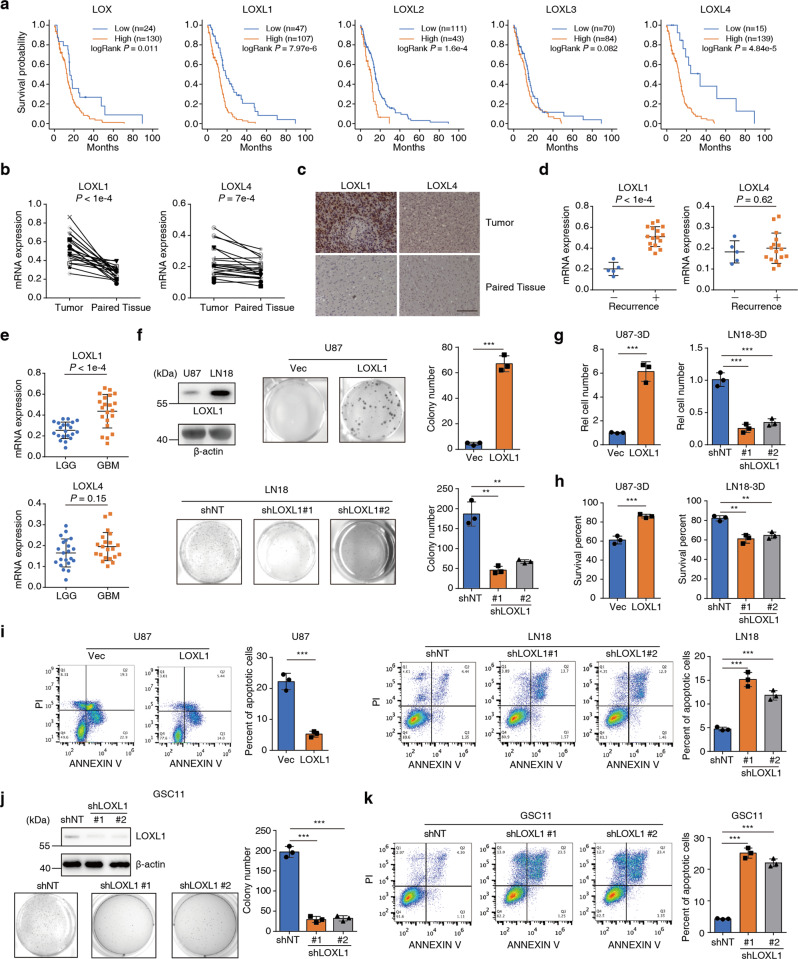Fig. 1. LOX family members significantly correlate with gliomagenesis and inhibit glioma cell apoptosis.
a Kaplan–Meier curves showing differences in the overall survival of patients stratified according to their mRNA expression levels of LOX family members using the best expression cutoff (n = 154, log-rank test). b LOXL1 and LOXL4 mRNA expression levels in tumors and paired tissues (n = 21, paired t test, two-tailed). c IHC staining of the LOXL1 and LOXL4 proteins in tumor and paired tissues (Scale bar, 100 µm). d LOXL1 and LOXL4 mRNA expression in tissues from patients with or without recurrence. 21 glioma samples were divided into two groups: recurrence (+, n = 16) or nonrecurrence (-, n = 5) (means ± SD, unpaired t test, two-tailed). e LOXL1 and LOXL4 mRNA expression in tissues from patients with LGG and GBM. LGG: low grade glioma (LGG, n = 21; GBM, n = 21; means ± SD, unpaired t test, two-tailed). f Colony formation assays of U87-Vec, U87-LOXL1, LN18-shNT and LN18-shLOXL1 cells (the data are presented means ± SD, unpaired t test, two-tailed). g–i The proliferation and percentages of surviving and apoptotic U87-Vec, U87-LOXL1, LN18-shNT and LN18-shLOXL1 cells cultured under 3D conditions were examined (means ± SD, unpaired t test, two-tailed). j, k Colony formation and apoptotic assay were performed after depletion of LOXL1 in GSC11 cells.

